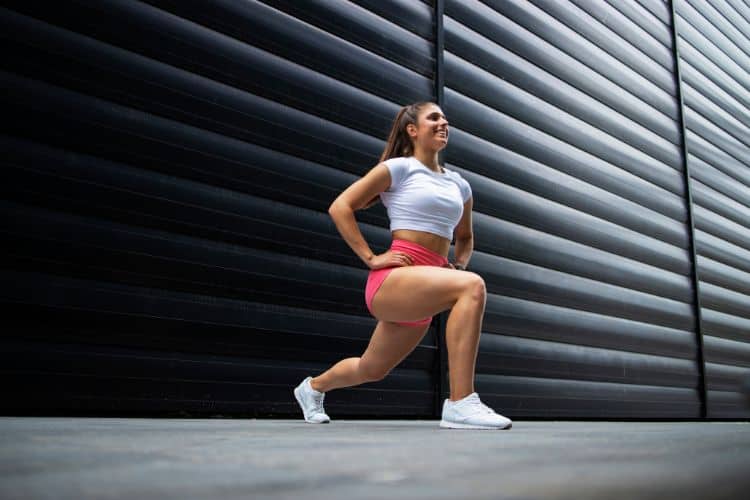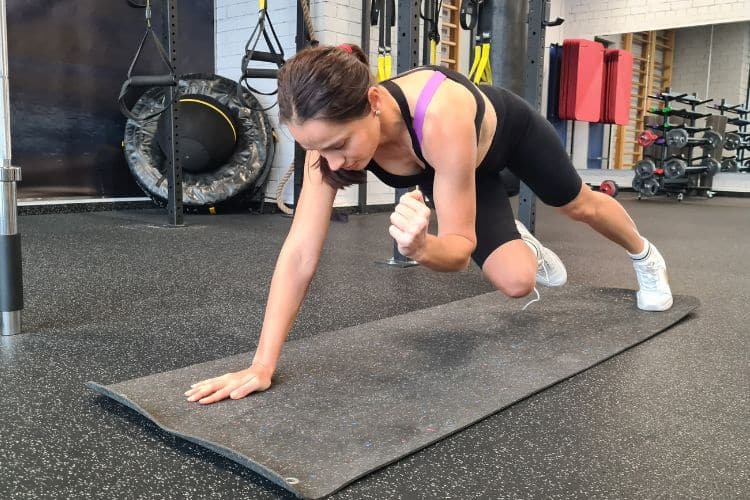Sign up for workout ideas, training advice, reviews of the latest gear and more.






When it comes to weight loss, women often find themselves navigating a labyrinth of conflicting advice. The age-old debate between diet vs exercise for effective weight loss is one that continues to evolve with new research and personal experiences. So, what should women prioritize – diet, exercise, or both? This article seeks to answer this question, specifically focusing on the unique needs and challenges that women face.
At its core, weight loss boils down to a simple equation: burn more calories than you consume. This is the caloric deficit. There are two primary ways to create this deficit:
Reducing calorie intake (Diet): By consuming fewer calories, you force your body to use stored fat for energy.
Increasing calorie expenditure (Exercise): By being active, you increase the number of calories your body burns.
Greater Caloric Impact: It’s generally easier to cut 500 calories from your diet than to burn 500 calories through exercise. For instance, you might only need to forego a slice of pizza and a soda, whereas burning 500 calories might require an hour of intense cardio.
Consistency and Control: With a well-planned diet, you can have better control over your caloric intake. There are fewer variables compared to exercise, where duration, intensity, and even your current fitness level can affect calories burned.
Health Beyond Weight: A nutritious diet can also combat other health issues women commonly face such as hormonal imbalances, osteoporosis, or anemia. Consuming whole, nutrient-rich foods can also enhance skin health, mood, and overall well-being.
Muscle Building and Metabolism: Exercise, especially strength training, can help women build muscle. More muscle means a faster metabolism, which translates to burning more calories, even at rest.
Bone Health: Women are at a higher risk for osteoporosis as they age. Weight-bearing exercises can increase bone density, offering protection against this condition.
Mental Well-being: Regular exercise releases endorphins – chemicals that act as natural painkillers and mood elevators. It’s a great way to combat stress, anxiety, and even depression.
Improved Cardiovascular Health: Cardiovascular exercises like walking, running, and cycling keep the heart strong and reduce the risk of cardiovascular diseases.
Hormonal Fluctuations: Women’s hormones fluctuate monthly, impacting both appetite and energy levels. A combination of diet and exercise can help in managing these changes effectively.
Post-Pregnancy: After childbirth, women might find a combination of diet and exercise beneficial, not just for weight loss but also for regaining core strength and managing post-partum depression.
Menopause: With menopause, metabolism slows down. Strength training can help counteract this, while a balanced diet can alleviate some of the symptoms associated with menopause.
While both diet and exercise have their own sets of benefits, the most effective approach for weight loss—and overall health—is to combine the two.
Synergy: Diet and exercise work synergistically. While diet creates the caloric deficit needed for weight loss, exercise ensures that a significant portion of the weight lost is from fat and not muscle.
Sustainability: An all-or-nothing approach can be difficult to maintain. A moderate, balanced approach to both diet and exercise can be more sustainable in the long run.
Lifestyle Change: Instead of short-term diets or exercise fads, aim for a holistic lifestyle change. This ensures not just weight loss but also long-term health and well-being.
Women’s bodies are intricate and, at times, enigmatic. From hormonal changes, periods, pregnancies, to menopause, the female body undergoes various transformations throughout life. Understanding these complexities can provide a more nuanced perspective on the diet vs. exercise debate for weight loss.
Hormones play a crucial role in a woman’s ability to lose or gain weight. Fluctuations in hormones like estrogen, progesterone, and even stress hormones like cortisol can affect metabolism, appetite, and fat storage.
Foods and Periods: Consuming foods rich in iron and magnesium can alleviate period-related symptoms and cravings. Iron-rich foods like spinach and legumes can compensate for iron loss during menstruation, while magnesium-rich foods like nuts can help reduce cramps.
Hormonal Disorders: Conditions like Polycystic Ovary Syndrome (PCOS) can make weight loss challenging for many women. A balanced, low-glycemic diet can help manage symptoms and promote weight loss.
Stress Management: Regular exercise can reduce the levels of the stress hormone, cortisol, which is linked to belly fat storage. Yoga and meditation can be particularly beneficial.
Menstrual Cycle Regulation: For some, regular exercise can help in regulating erratic menstrual cycles by impacting hormone production and balance.
It’s essential to acknowledge the role of genetics in weight loss. Some women may find it easier to lose weight due to their genetic makeup, while others might struggle despite following the same regimen. Understanding one’s genetic predisposition can provide insights into what might work best for them.
Research has started to delve into the world of personalized nutrition, understanding that one’s genes can influence how they metabolize different foods. This knowledge can pave the way for more tailored dietary recommendations in the future.
Similarly, genetics can influence one’s muscle composition, stamina, and even recovery rates. This means that while some might benefit more from cardio, others might find strength training more effective.
Often overlooked, the psychological component of weight loss is as crucial as the physical one. Women, more than men, are subjected to societal pressures concerning body image, leading to stress, anxiety, and often, unrealistic expectations.
Many women resort to emotional eating as a coping mechanism. It’s essential to recognize this pattern and address the underlying emotions. Mindful eating techniques can help in distinguishing between emotional hunger and physical hunger.
As mentioned earlier, exercise releases endorphins, the body’s natural mood lifters. But beyond that, the act of setting aside time for physical activity, be it a dance class, a brisk walk, or a gym session, can provide a sense of accomplishment and boost self-esteem.
While the mechanics of weight loss boil down to calorie intake versus expenditure, the journey is more intricate for women. It’s intertwined with their unique biology, emotions, societal expectations, and even genetics.
Incorporating diet vs exercise for weight loss in a manner that respects and acknowledges these complexities can pave the way for not just weight loss, but holistic well-being. It’s not just about the calories or the hours spent in the gym, but about understanding oneself, showing kindness to one’s body, and celebrating every small step towards a healthier, happier self.
Lastly, while the journey might be challenging, it’s essential to remember that every woman’s path is unique. Comparing oneself to others can be counterproductive. Instead, draw inspiration, learn, adapt, and most importantly, cherish the beautiful journey that is uniquely yours.
Stay up to date on the latest women’s health, fitness and lifestyle trends and tips.